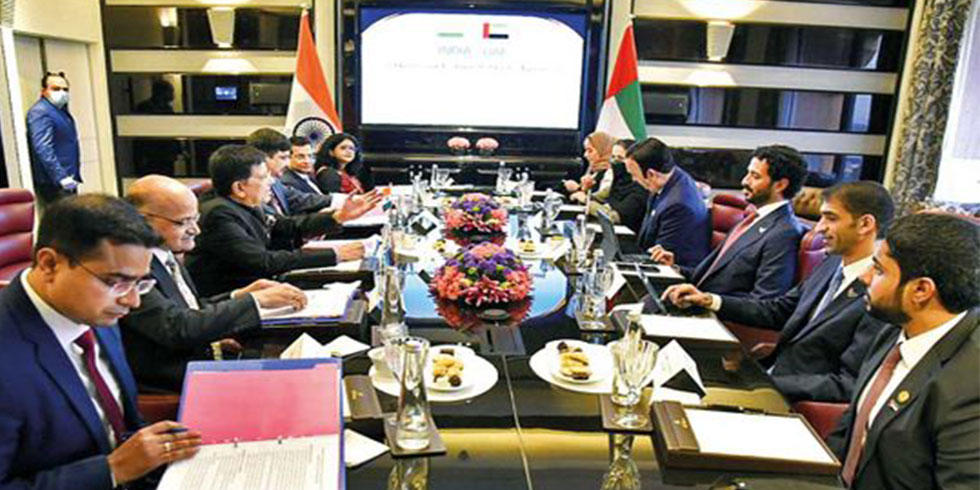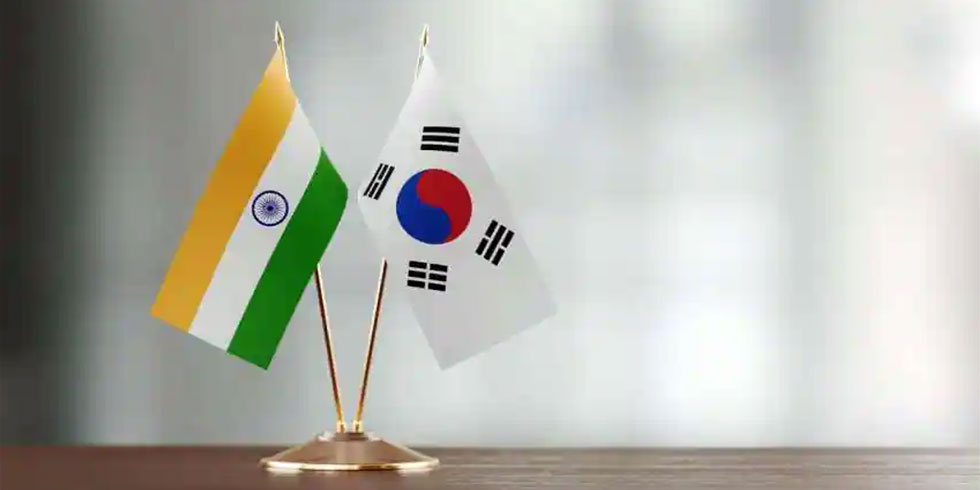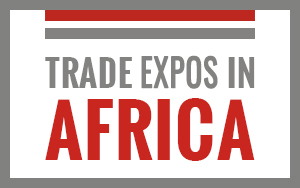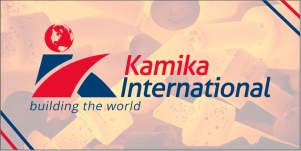London: Italy has lost its position as the world's premier gold jewellery exporter, overtaken by India and the United States, and risks slipping further due to its high cost base and tariff barriers.
For years Italy was the world's biggest manufacturer and exporter of mass-produced and crafted gold jewellery. Bulgari, Damiani and Roberto Coin are Italian luxury brands celebrated worldwide for their opulent use of gold and precious gemstones and cutting-edge designs.
But the Italian goldsmith sector is fighting an uphill battle against punitive import duties imposed by markets such as China, and competition from lower cost producers benefiting from improving design skills and the latest technology.
Soaring prices of gold and high salaries, have inflated Italian jewellery manufacturers' costs.
Domestic gold jewellery sales have slumped due to the recession in Italy and the soaring price of gold, which hit a record price in euro terms last month.
"Demand for jewellery is one of the first things that drops in a recession," said Licia Mattioli, who is president of Italy's Federation of Goldsmiths (Federorafi), and heads a family-owned gold jewellery manufacturing business in Turin.
Sales of gold jewellery in Italy were down 15 per cent in volume terms (to 4.8 tonnes) and fell 9 per cent in value terms year on year in the second quarter, figures from the World Gold Council showed.
Steven Tranquilli, director of Italy's federation of jewellery retailers, Federdettaglianti Orafi, estimated that gold jewellery retail sales were down 20-25 per cent year on year in Italy.
Total revenues of the Italian goldsmith sector in 2011 stood at 6.3 billion euros, down 16 per cent from 2007, according to Federorafi.
The Italian industry flourished on the expertise and skills built up by family-owned businesses over generations and the international prestige of "Made in Italy" design and manufacturing. Italy is seen as an international trend-setter in jewellery design.
But now India and the United States have overtaken Italy as exporters in volume terms.
There is also intense competition from lower cost gold jewellery manufacturing origins such as mainland China, Hong Kong, and Thailand, Mattioli said.
"India and the United States have tax advantages over Italy," Mattioli said.
Import duties
She said that Indian manufacturers can export gold jewellery to the United States duty-free up to a certain volume, whereas all Italian gold jewellery exports to the United States had to pay duty.
Indian and Brazilian manufacturers pay low duties when they export gold jewellery into EU markets, she added.
Manufacturers in India and the United States have benefited from greater economies of scale compared to the fragmented nature of the Italian goldsmiths' industry, as well.
Improving design skills and technology, and cheaper labour, give manufacturers in developing countries such as India a competitive edge.
Italy's gold jewellery manufacturing companies are centred in Vicenza, Valenza, Arezzo and Bassano del Grappa. Most production comes from family-run goldsmith workshops with small workforces.
Export-focused Italian gold jewellery manufacturers gather three times a year, in January, May and September, at the VicenzaORO trade fairs in Vicenza, which attract hundreds of retail buyers from around the world searching for the most exciting new designs for their stores.
Gold is currently trading at historically high levels around $1,700 an ounce, having touched an 11-month peak of $1,795 on October 5. The current environment of relaxed monetary policy, which fuels fears of inflation, has boosted the investment appeal of gold.
Faced with the tough challenges of the domestic market, Italian gold jewellery manufacturers are turning their attention increasingly to the fastest growing export markets.
According to the latest figures from VicenzaORO, the main destinations for Italian jewellery exports in the first quarter were Switzerland (363 million euros, or 22 per cent of the total), the United Arab Emirates (237 million euros, or 14.3 per cent), and the United States (142 million euros, or 8.6 per cent).
Italy exports about 70 per cent of its manufactured gold jewellery, with the remainder sold domestically.
"We are seeing demand from the United States pick up," Mattioli said, referring to the fragile recovery of the world's biggest economy, which had been for years the biggest importer of Italian gold jewellery.
"But the big problem for Italian gold jewellery exports are the import duties in BRIC countries," she added, referring to emerging economies Brazil, Russia, India and China.
The Italian industry is lobbying the European Union to overcome the challenge of import duties but VicenzaORO officials have said the high quality of Italian jewellery exports would ensure that they increasingly penetrate fast-growing Asian markets, including China.
"China operates big import duties - a major brake on business for Italian companies," Mattioli said.
"We need to discuss at an international level the problem of the import duties," she added, referring to ongoing contacts between the Italian industry and the EU.
According to VicenzaORO, the Vicenza gold jewellery manufacturing district's exports to China in the first quarter of 2012 jumped by 52.7 per cent to 38.2 million euros, propelling the country to second place among export destinations.
Increased design innovation and skilful marketing to growth export destinations will be vital for the future success of the Italian industry.
At the retail level, Italian luxury jeweller Damiani has seen strong growth in the Chinese and Russian markets where it expects to expand its presence.
The rapid increase of wealth in these countries has boosted demand for branded luxury goods including gold jewellery.
"The foreign markets which are growing fast and where our group sees great possibilities are: Greater China, where Damiani is already present with eight boutiques and will soon open another five, and the former Soviet republics where a new boutique will open soon in Moscow," said Guido Damiani, president and CEO of Damiani.
He said a store in St. Petersburg would follow.
Mumbai-based Gitanjali, one of the world's largest diamond and jewellery manufacturer-retailers, acquired a handful of Italian luxury jewellery brands during the economic downturn, and now sells their pieces in strategic growth markets.
Gitanjali has opened a store showcasing two of its upscale Italian brands, Stefan Hafner and Nouvelle Bague, in Dalian, China.














Add Comment